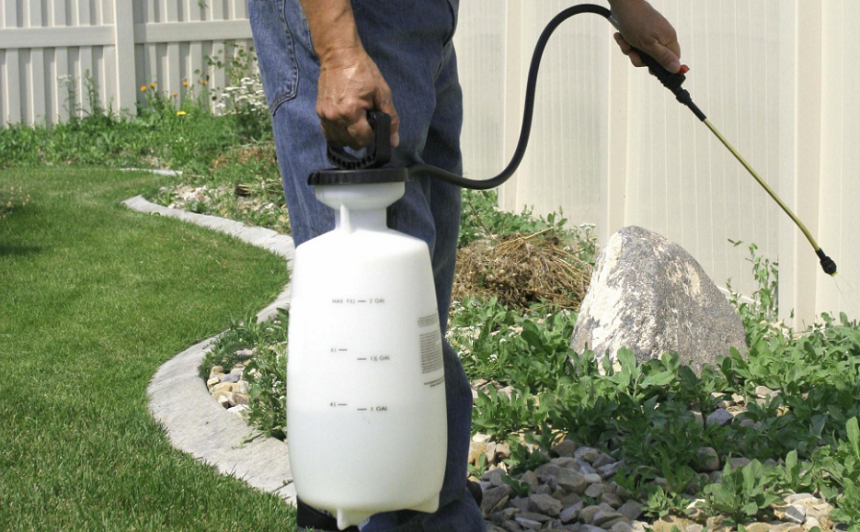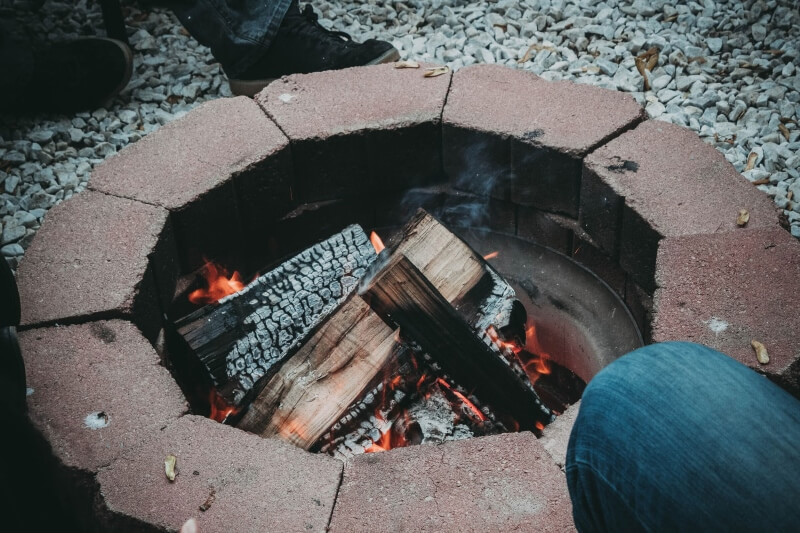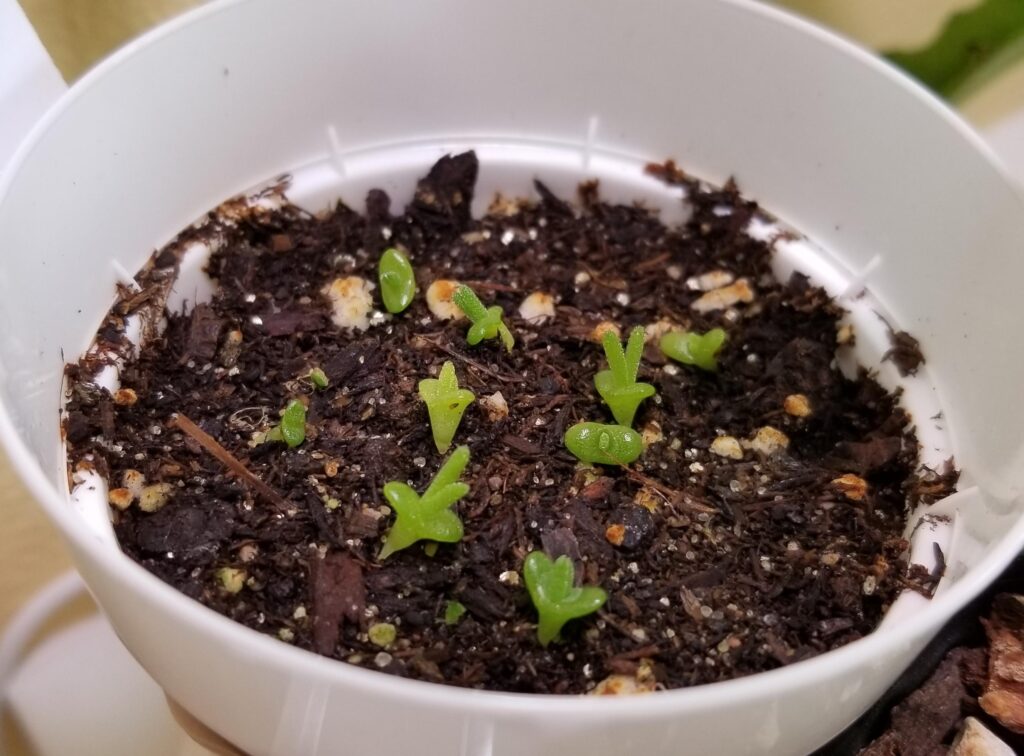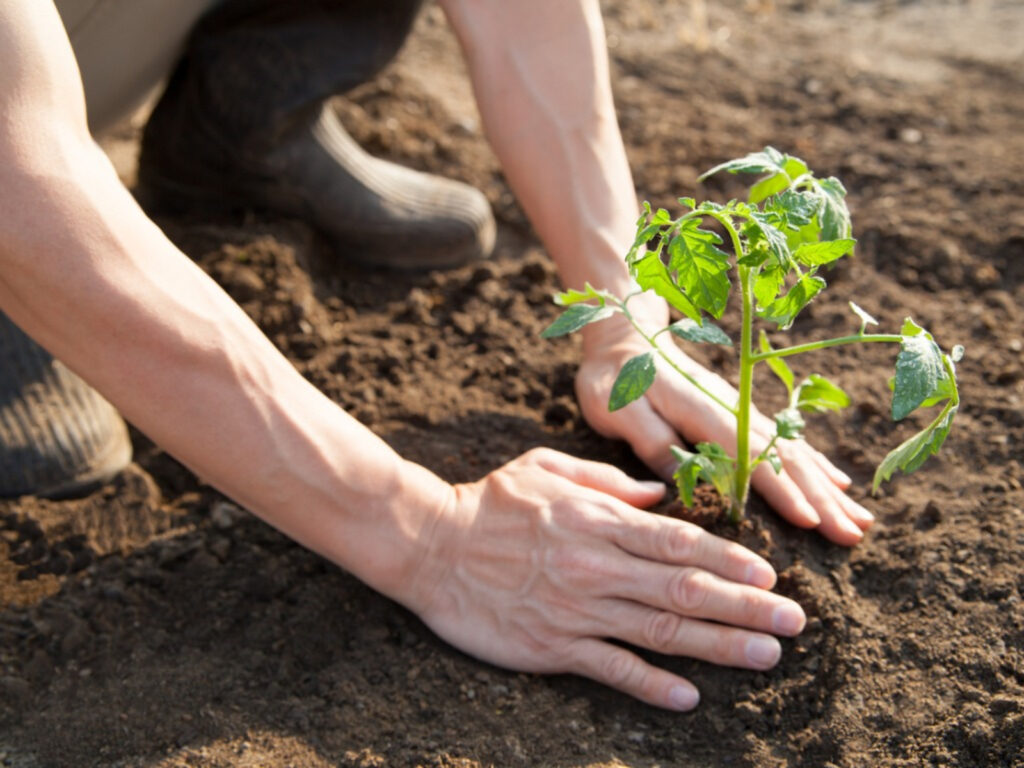
Before getting into the core gist for the day: how to get rid of purslane, it’s factual to mention that owning a garden is much more common than it has ever been. People are beginning to buy into the idea of planting their favorite foods, fruits, and spices for a healthier and more attractive diet. It’s either that or they are just more into gardening to beautify their home while having fun and eco-friendly hobby that distresses them. Whichever your reason is, it is safe to mention that one thing can be so much trouble that, if it is not immediately taken care of, it can destroy the outcome of your hard work. That ‘one thing’ is nothing else but weed. Gardeners reading this can testify that weed is so annoying and frustrating – but the worst part is they keep coming back. One of the most annoying, fast-growing weeds in existence is purslane, and that’s why it would be golden if you knew how to get rid of them permanently. So get comfortable, brighten your screen, sit back, and keep reading to learn all about purslane, how to get rid of it, as well as how to prevent it from coming back.
If you don’t know what purslane is, there is a good chance you got lost in the first section. That is why this part is dedicated to all there is to know about the plant – briefly. Most people know what it is (or have heard the name) but can’t identify it. Purslane has a small thin, smooth, slightly purple or red stem with teardrop-shaped leaves. Its leaves are usually in cluster form arranged opposite from each other (some vary with alternate arrangements).
On sunny days, especially in the morning, you would be able to sight its flowers, with five petals – yellow; at the center top of the plant.
Another way to identify purslane from other weed types is its tap root system that allows it to thrive in even poor conditions. A purslane is a spring/summer weed that can’t survive in the winter, but at the same time, it can’t survive a soil temperature higher than 50oC. What makes this weed most bothersome and frustrating is that they reproduce easily and quickly. Just its leaves or stem is enough for it to grow, and when it is fully mature, it produces more than 200,000 seeds Trusted Source COMMON PURSLANE Common purslane is a prostrate, succulent plant. Purslane is probable originally native to southern Europe or Asia but is now found nearly worldwide. It was first recorded in Massachusetts in 1672. Purslane produces large amounts of seeds (a single plant can produce up to 240,000 seeds) and the seeds are viable in the soil for up to 40 years. Purslane can also reproduce from plant fragments. The succulent stems can remain moist and viable for several days after cultivation. It often invades gardens, lawns, orchards and ornamental plantings, although it is not shade tolerant. Strains of purslane have developed resistance to some herbicides (atrazine and linuron). www.maine.gov – that’s thousands of new weed roots birthed from one purslane weed – what’s more annoying than that?
Safe for your plants? No – a hundred percent no. It destroys your plants by overshadowing them from adequate sunlight, moisture, and nutrients. For your garden, they are also not too good because purslane can overgrow and fill the whole space making your beautiful garden look messy. But if the question is targeted towards you, then it is entirely safe. More so, it is eatable. You can use purslane to make countless dishes, including purslane salad, pickled purslane, purslane chimichurri, and so much more. They can be eaten both raw and cooked.
Young purslane tastes like spinach and can make for a delicious addition to your menu. Additionally, it contains beta-carotene that can help to decrease the number of free radicals in your system hence rendering you lower chances of developing cancer. Also, the omega-3 fatty acid, magnesium, and calcium present in the plant improve heart and bone health. In general, purslane contains vitamins A and C, Magnesium, Chlorine, Folate, Iron, Calcium, and Potassium.
However, in case you are considering leaving the weed to grow (since it is edible anyway), throw that thought out the window. Again, purslane is bad for your garden and your fragile plants. They grow way too fast and spread so quickly that they take up most of the space, nutrients, water, and light your plants need to survive. So except you want a garden filled with just purslane, you need to get rid of them – and fast. Also, purslane contains a chemical that is highly poisonous for dogs. Your feline friend Trusted Source Calcium oxalate urolithiasis in the canine: Surgical management and preventative strategies - PMC A 4-year-old, neutered male Chihuahua was presented with inappetance, lethargy, and a tense abdomen attributed to pain. Abdominal radiographs revealed a large cystic calculus and small urethral calculi. Urethral hydropulsion followed by cystotomy were performed successfully. Dietary management was initiated as the primary means of preventing recurrence. www.ncbi.nlm.nih.gov cannot process soluble calcium oxalates and hence another reason you should rid your garden of this pesky weed.
A traditional (but no longer effective) method of eliminating purslane weed is by hand-pulling, which is only best carried out while the weed plant is still young and has not produced so many seeds. You would also need an air-tight plastic bag to keep the weed after you have pulled it from the soil. To properly hand-pull a purslane weed plant, pull the young weed from the rosette, ensuring that all the parts of the plant are carried along.
Then put it inside the air-tight plastic bag you have provided. Finally, look around the area for any drop of stem, root, or leaf because these parts of the weed can still regrow and cause your efforts to be in vain. To be on the safer side, scrape the surface of the surrounding soil, placing it also inside the plastic bag. However, as said, this is only a traditional way of removing purslane weed and is also not the most reliable.
This is because no matter how careful you are, there is always a chance one small part of the plant dropped, and then you would have purslane weeds growing all over again. A more true way to get rid of purslane weed is to first hand-pull the mature purslane weed, then use a weed-killing herbicide or invest in a quality electric weed-eating machine to complete the job on its seedlings.

Though there are many types and grades of herbicides, only 2,4-D herbicides that are specified to kill weeds can kill purslane. Some can just be more effective than others. You can take your time to try a few ones or go through a review to know which weed killer herbicides work best for purslane. The first thing to do is to determine how much herbicide you would need Trusted Source How to calculate herbicide rates and calibrate herbicide applicators Herbicide rates may be given in terms of active ingredient or acid equivalent per acre treated, or as pounds or volume of commercial product per acre. Active ingredient indicates the amount of non-acid herbicide in a formulation. Acid equivalent indicates the amount of an acid herbicide in a formulation. Herbicides may be applied broadcast (uniformly over the entire field surface) or in bands (narrow strips of herbicide centered over the row, with the area between rows left untreated). extension.umn.edu , and this depends on how many purslane seedlings you have as well as the square area of your garden. You can also always start by measuring your garden for a more accurate result.
For small sections that work with a hand sprayer, you can go with about 0.72 to 1.1 fl. oz. for every 1000sq.ft. Per acre, if you are going to treat spot small areas across the full span of your garden or lawn, then you would need to mix about 2 to 3.16 pints of your 2,4-D herbicide. After you are sure this is enough, pour the specified amount of herbicide into your backpack or handheld sprayer, then mix in a suitable amount of water and shake vigorously. Note that some backpack sprayers are more effective than others with different mouth holes that have varying spraying intensity and direction. Therefore, check for the best weed-killing sprinklers that can effectively get rid of those hardy purslane weeds.
Technically, it is the same method, except that one way is much faster than the other. Instead of sitting to pull hundreds of purslane (if you have that much), using an electric weed eater would fasten the process. But this can only be very effective if purslane is on your lawn and you need to get rid of them. Also, you can try replanting fast-growing grass on your lawn to stop the regrowth of purslane after weeding. Purslane cannot take root in a place that has a lot of grass. It also cannot compete with a full (and healthy) yard. That is why re-seeding grass on your lawn will prevent purslane from taking over. You can also go back in to spray the seedlings with the herbicides mentioned in the first section.
Two known ways can permanently stop purslane from regrowing in your garden.
It is quite expected to want fast, immediate results when you want to kill the weed. But using a weed killer spray and expecting an immediate result is obscene. As beneficial as it is for humans and toxic for dogs, it is extremely stubborn to get rid of and can be resistant to weed killers when it is mature. That is why it is best to use the traditional hand-pulling method for mature purslane or simply weed it out using electric weed eaters. Then you can follow it up with herbicide spray for the seedlings. But if you are looking for how to get rid of purslane permanently, then try soil solarization which involves heating up the soil’s temperature. You can either do this or apply a large base of ground covering.





